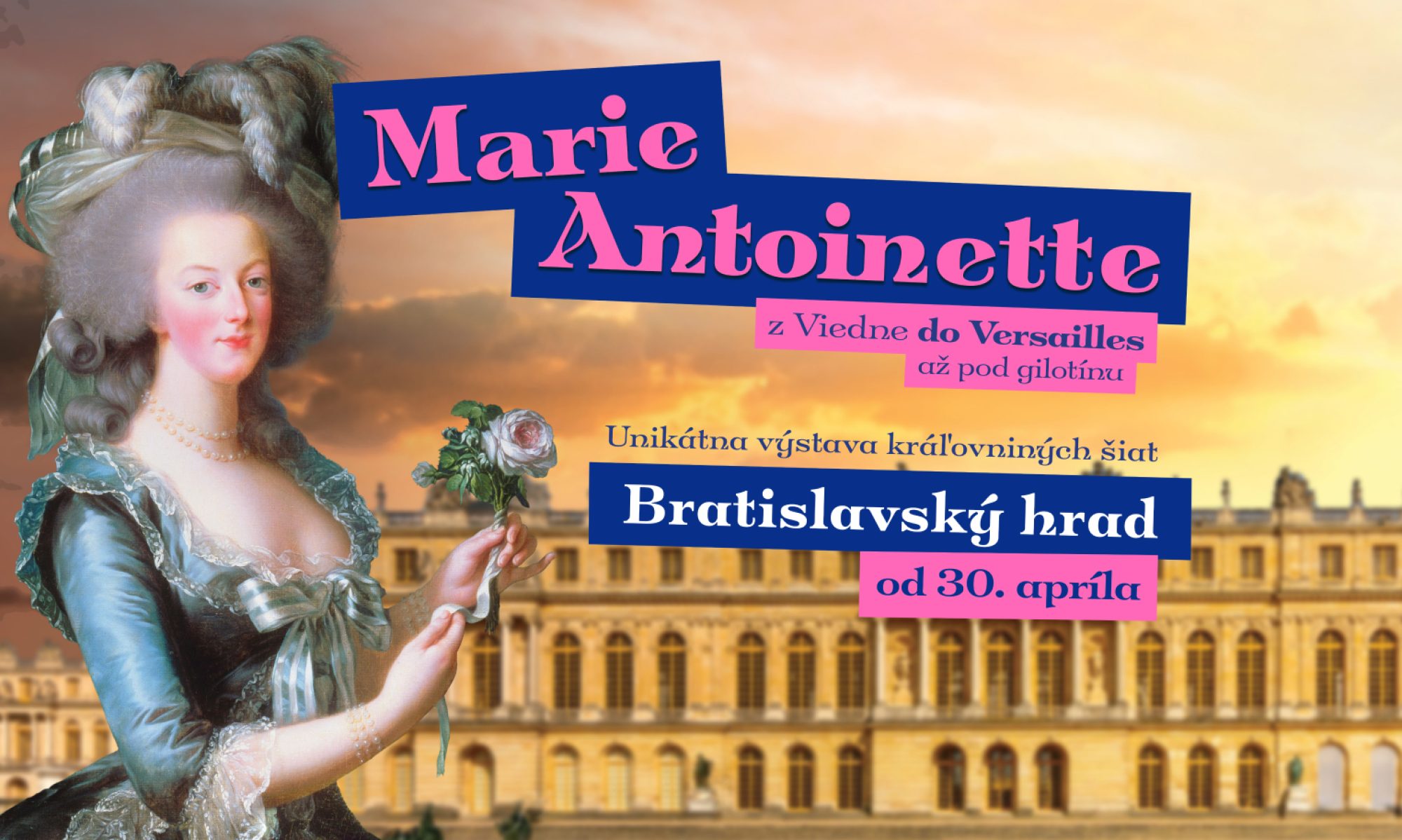
‘Promised to become Queen of France, Marie-Antoinette was not yet fifteen when she left Vienna for the court of Versailles. She found court etiquette and strict dress codes unbearable. She broke free by adopting new styles of dress and became a “fashion victim” before her time. Swept away by the pleasures of the court and caught up in political issues that were beyond her, she was hated as the Austrian, the one who spent the kingdom’s
money, the traitor, and was ultimately a victim of the Revolution. This exhibition brings together exceptional costumes in a unique setting that will allow visitors to step into the world of Marie Antoinette.
A QUEEN’S DRESSING
Five exact replicas of 18th-century creations presented in a period setting with multimedia
animationsThe legendary dresses of the most elegant of queens.
The original 18th-century creations are displayed in a period setting.
‘Dressed to rule’. At the time, it was believed that court dress had the magical power to
impose power itself.
Court dress
( Robe de cour)
Court dress made by the Atelier Caraco (Paris) based on the portrait of Marie-Antoinette painted in 1778 by Elisabeth Vigée Le Brun.
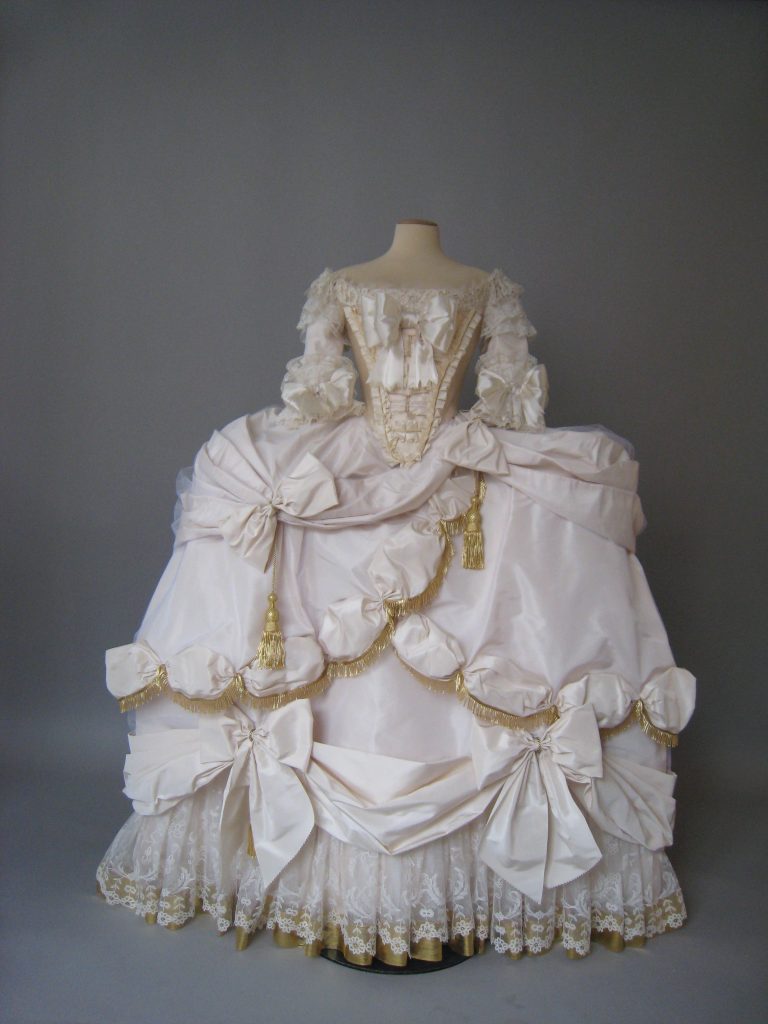
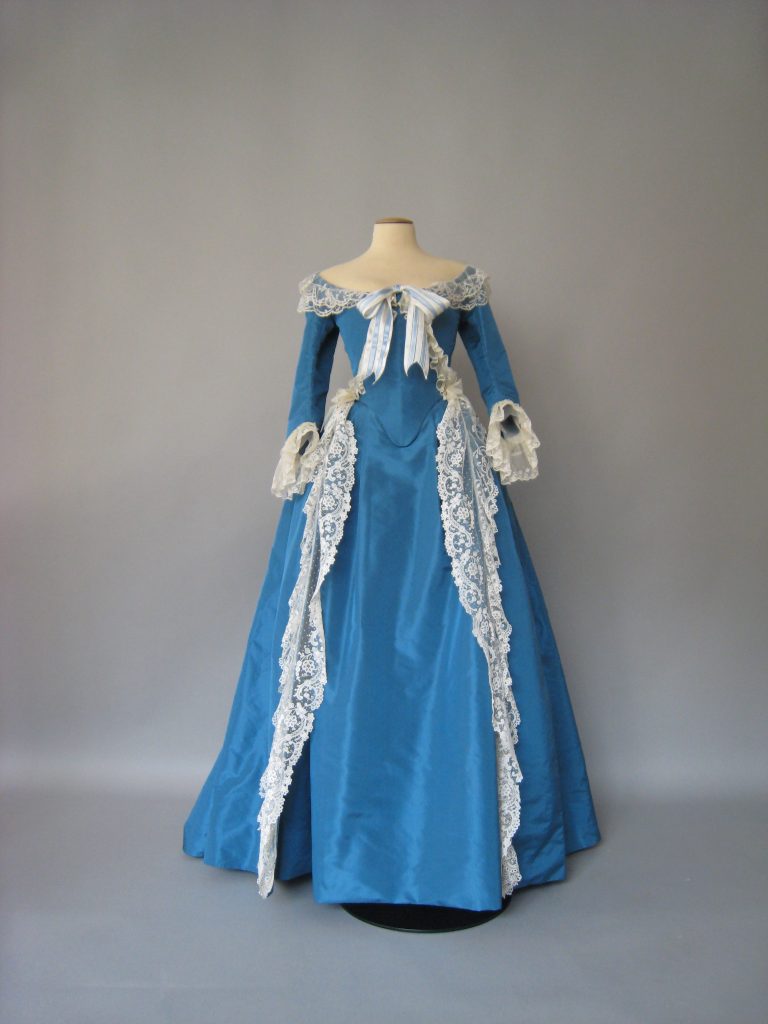
Ball gown
(Robe de bal)
French-style ball gown made by Atelier Caraco (Paris) based on the dress worn by Jane Seymour in ‘The French Revolution’ (1989)
English dress
(Robe a l’Anglaise)
English dress made by Atelier Caraco (Paris) based on the portrait of Marie-Antoinette painted in 1783 by Elisabeth Vigée Le Brun
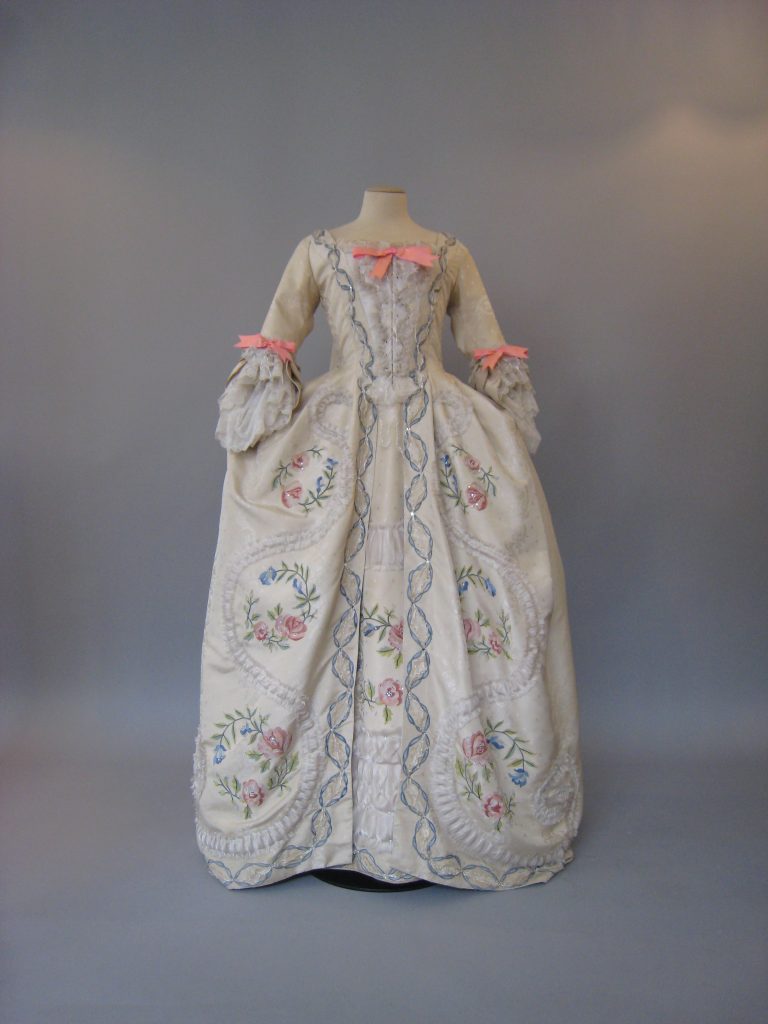
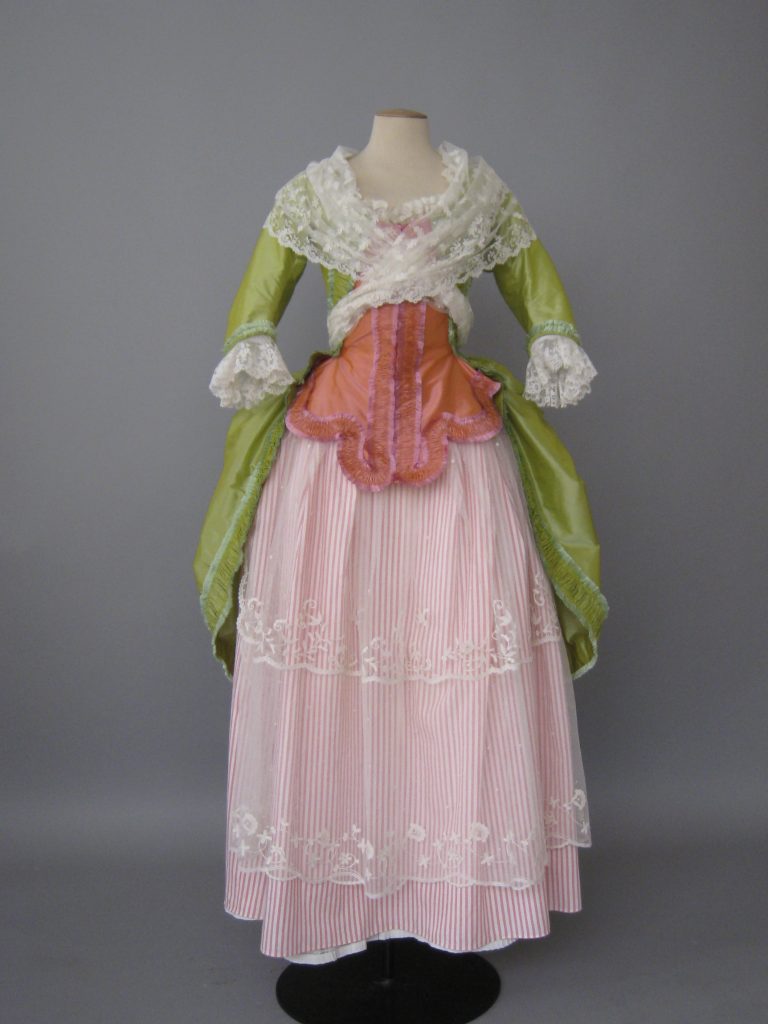
Bergère Dress
(Robe de Bergère)
Bergère-style dress made by Atelier Caraco (Paris) based on an engraving from La Galerie des Modes magazine published in 1778.
Shirt Dress
(Robe Chemise)
Shirt-style dress made by Atelier Caraco (Paris) based on the portrait of Marie-Antoinette painted in 1783 by Elisabeth Vigée Le Brun.
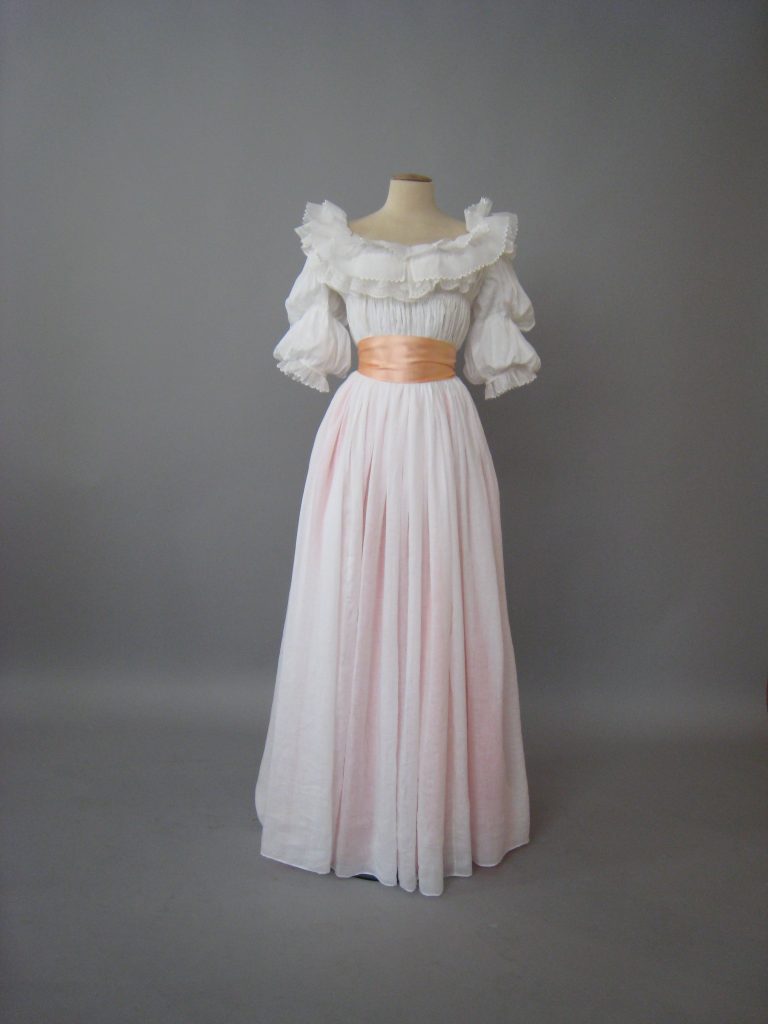
LEGENDARY HISTORICAL COSTUMES for ladies
Marie-Antoinette revolutionised fashion. For example, she popularised the English dress,
which included elements inspired by men’s fashion, such as short jackets, wide lapels and
long sleeves.
The queen was so enamoured with the creations of French haute couture pioneer Marie-
Jeanne Bertin that she had a workshop built for her in Versailles where her ‘fashion minister’ could create ever more extravagant designs for the queen.

English dress in Spitalfields lampas „lampas de
Spitalfields“
Polish-style cape
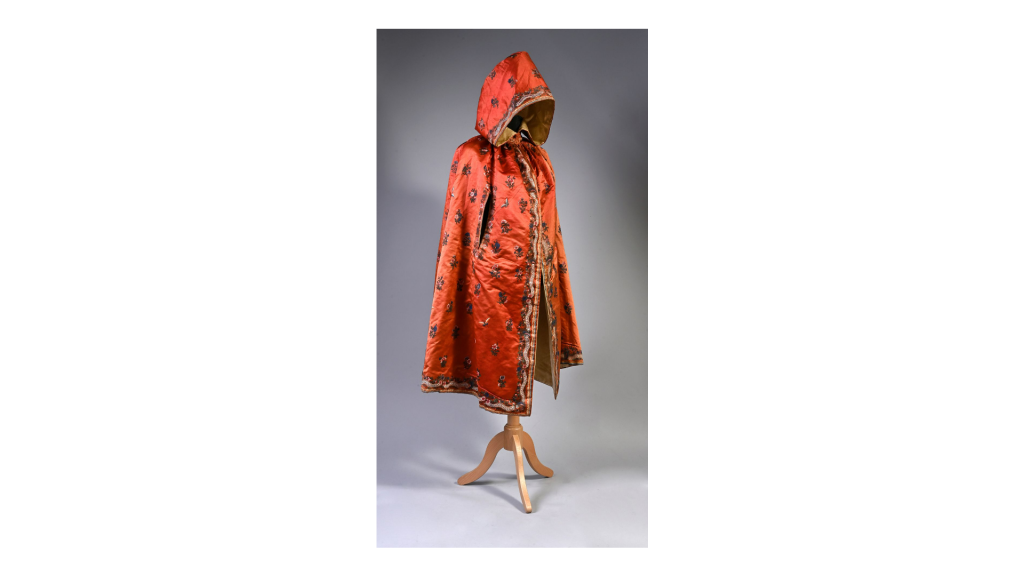

French dress from the Louis XVI period
English dress from the Louis XVI period
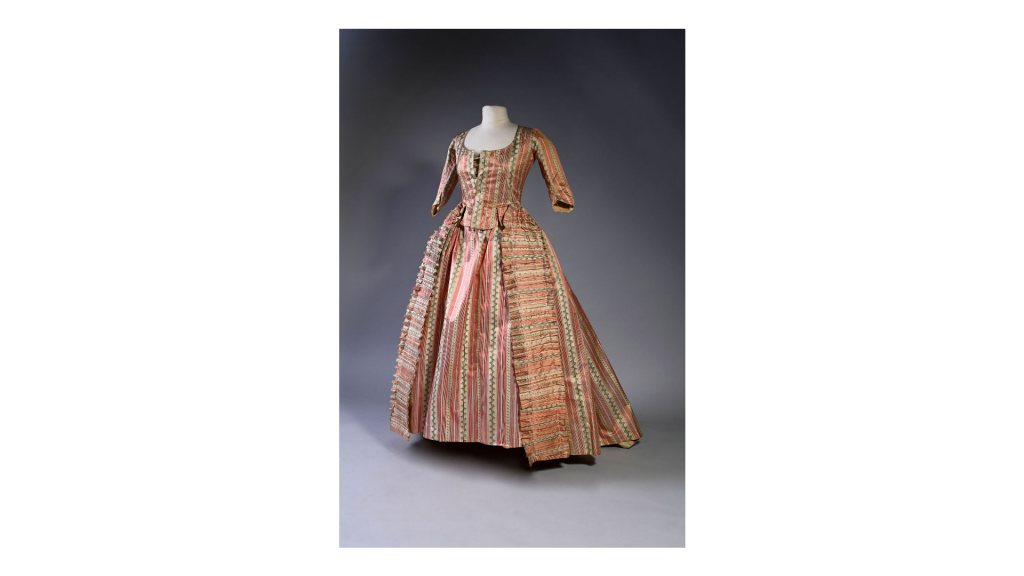
LEGENDARY HISTORICAL COSTUMES for men
Men in power also took care of their attire. The French influence on court dress spread
throughout Europe from the 16th to the 18th century.
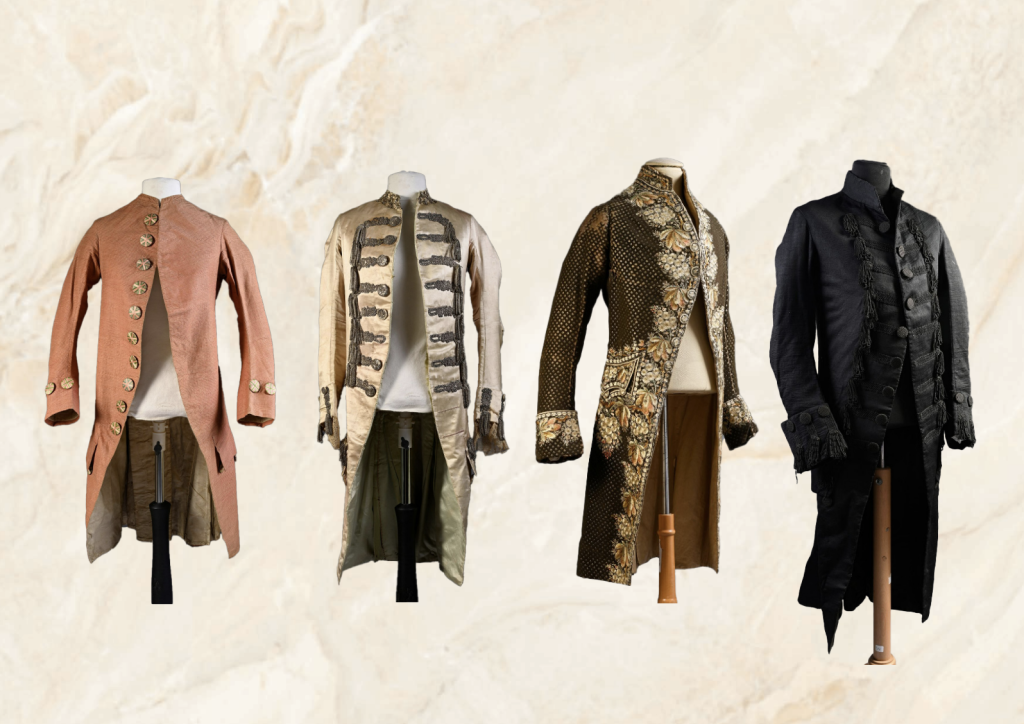
THE QUEEN’S DRESSES
Five exact replicas of the dresses worn by Marie Antoinette are presented in a period setting with multimedia animations.
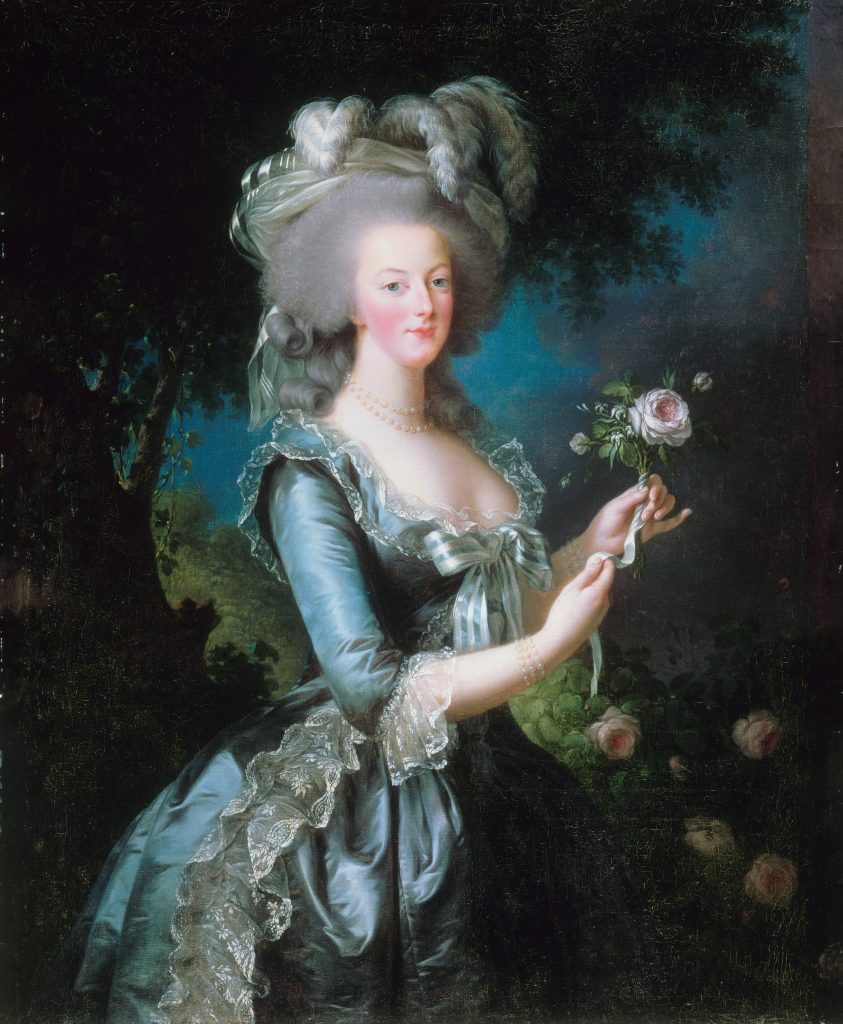
Marie Antoinette with a Rose
Marie Antoinette in a court dress


